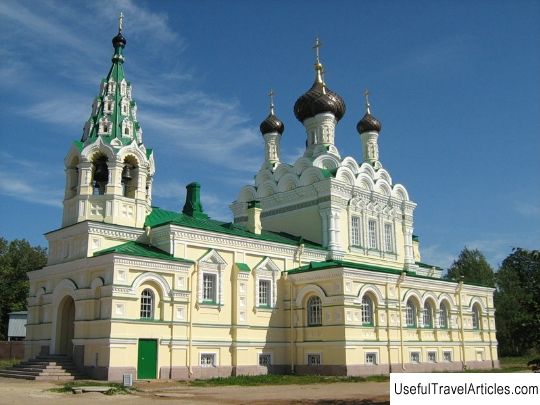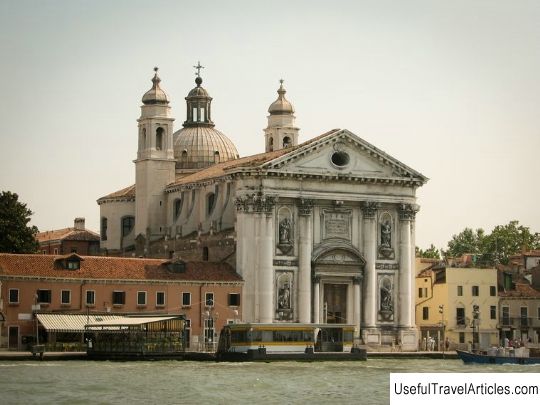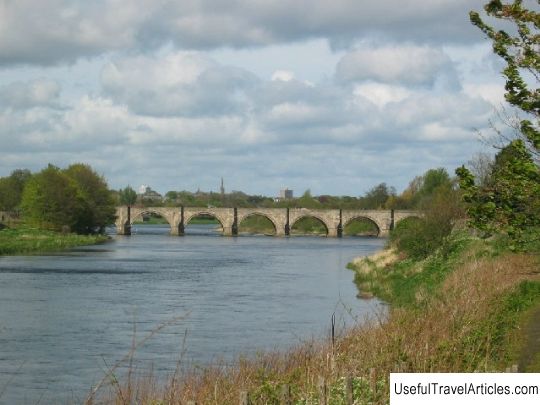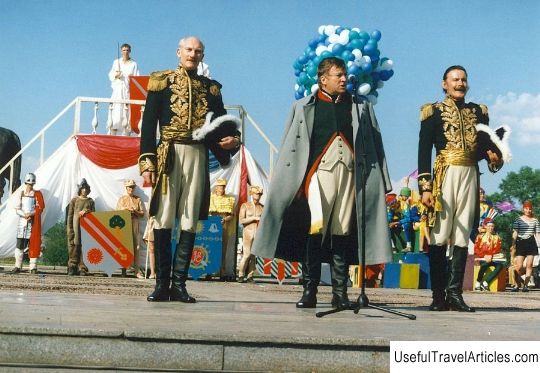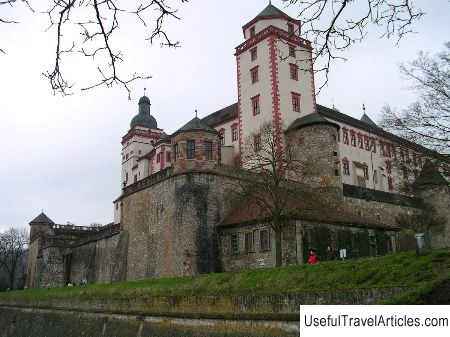Fortress of Ivangorod description and photo - Russia - Leningrad region: Ivangorod
Rating: 9,1/10 (4803 votes) 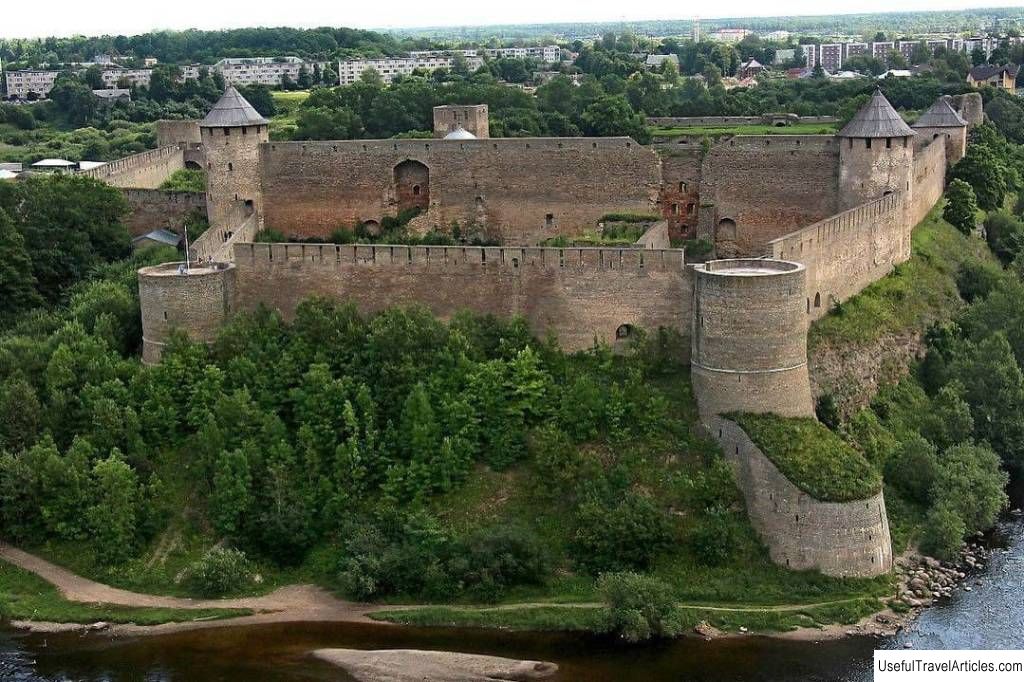
Fortress of Ivangorod description and photos - Russia - Leningrad region: Ivangorod. Detailed information about the attraction. Description, photos and a map showing the nearest significant objects. Photo and descriptionIvangorod fortress on the very border with Estonia - the first Russian fortress in the Baltic . It was built in stages: now you can see several lines of walls of different times, buildings built from the 16th to the 19th centuries, two churches of the 15th and 18th centuries, and not far from the fortress there is a museum of military architecture and an art gallery with the largest collection of works by I. Bilibin. History of the fortressNow Ivangorod is located on the very border with Estonia - it runs along the Narva River. We know the exact date of the foundation of the city - it is 1492 . These were the years when the Moscow principality was at war with the Grand Duchy of Lithuania. Lithuania in those years was a vast state, which included the territory of modern Poland and the Baltic states. Clashes between Lithuania and Moscow began over the disputed territories that were under the control of Novgorod, but continued to pay tribute to Lithuania. In fact, it was a battle for trade routes leading to the Baltic Sea. Both sides turned to the allies: Ivan III made an alliance with the Crimean Khanate, and the Lithuanian prince Casimir IV with the Great Horde. The most famous episode of this war is the famous standing on the Ugra River in 1480, when the troops of the Great Horde came to the Russian lands, but, without waiting for help from the Lithuanians, turned back. From the end of the 1480s, active military began actions in border areas. No war was officially declared that is why historians call it “strange” - it simply resulted in a series of clashes between the garrisons of border fortresses, appanage princes and individual detachments of troops. It was in the midst of this undeclared war that Ivan III decides to build a new border fortress “on German border ". Ivan-Gorod became the first Russian fortress in the Baltic - it is located 12 versts from Gulf of Finland . The fortress was originally made of wood, and four years after its foundation it was destroyed by the Swedes. After that, it was rebuilt anew already stone. In the XVI-XVII centuries, the fortress, which stood on the border, several times passed from hand to hand. The Swedes captured it in 1581, in 1590 the voivode Dmitry Khvorostinsky recaptured it. In 1612, the Swedes regained control over these territories, and again passed to Russia already under Peter I . After the revolution, Narva and Ivangorod withdrew to Estonia and returned to the USSR in 1940 Since 1944, the official border of the Estonian USSR passed along the Narva River, Ivangorod became a border one. Stronghold The fortress was built in the bend of the river, which protects it from three sides, on an elevation called Maiden's Mountain . Initially, it was very small, but after the Swedes took it and had to beat it off, it was significantly expanded. Another fortress was added to it, which was named Boyarsky (or Boyarsky) city. One of the walls turned out to be common. The new fortress was built according to all the rules of fortification - quadrangular, with round corner and square wall towers. The walls were fifteen meters high and three meters thick. But there was still too much free space between the river and the fortress. As a result, in 1507, another line of walls appeared, protecting the fortress from the side of the river. The new protected space was named Castle . Then the fortress was expanded even more. The Front City was attached to the walls of Boyarsh City , and in 1558 it was further fortified with Boyarsky Wall . The latest part of the fortifications is the kronverk , already built by the Swedes. Several new structures appeared here in the 19th century: warehouse buildings, guardhouse and garrison school . In 1863, the fortress as a military unit was abolished and remained in the custody of the city as a historical monument. During the Great Patriotic War, Ivangorod was in the zone of occupation. A concentration camp was set up here. The prisoners were forced to build defensive structures of the Panther line, which ran a little to the north, and during the retreat, the Germans blew up several towers. The restoration began already in 1947 - the blown up towers were restored from scratch, the rest of the territory was cleared. Now the Ivangorod Fortress is a monument of federal significance and a museum territory. Assumption Church In the 16th century the Assumption Church was built. At the beginning of the 17th century, the Swedes converted it into a church , then at the beginning of the 18th century it was closed, and a new one was installed next to it - Nikolskaya . Both temples were built of stone with thick walls and narrow windows in order to serve as additional fortifications. The Assumption Church was reopened under Catherine II in 1744 - already just as a parish church for the inhabitants of Narva. In the middle of the 18th century, the temple was restored, in the 19th century it was renewed twice more - in the 50s and 90s. The church was badly damaged during the Great Patriotic War, it was restored after it, and in the 1980s a concert hall was opened in it. Since 1991, it has been a functioning temple again. It now contains chapel in the name of the new martyr Alexander Volkov . This is a priest, the son of the abbot of this church in the 19th century. His father served here for 47 years, and in 1907 he was replaced by his son, Fr. Alexander. In December 1918, the Bolsheviks who came to power in Estonia issued decrees on the termination of all divine services and the eviction of all clergy. All the clergy were arrested, but someone was expelled, and two of the most famous priests - the rector of the Assumption Church Fr. Alexander Volkov and the rector of the Church of the Sign Fr. Dmitry Chistoserdov was shot. In 2001, both priests were canonized. Museum Now the fortress continues to improve and to be restored: the walls and towers have been partially tidied up, but when examining the fortress it is better to be careful - there are no railings and lighting in dark places and corridors. From the Ivangorod Fortress, a beautiful view of Narva Fortress is located exactly opposite. The total perimeter of its walls is about one and a half kilometers. The fortress is divided by walls into four parts . You can even see the remains of the very first small square fortress, which was then actively expanded and completed. The largest territory is Big Boyarshiy City : there are two churches, the Assumption and Nikolskaya, and a barn of the 17th century. Only one wall has not survived - the one that once separated Boyarshiy city from the Front city. But the Boyarsh city and the Castle are still separated by the thirty-meter wall of the 16th century is one of the most powerful walls in the northern Russian and Swedish fortresses. In the opposite Swedish fortress of Narva, they began to build a high watch tower, from which one could see what was happening in the fortress of Ivangorod. In response, in Ivangorod, they began to build this high wall, which hides what is happening inside. Both the Narva watchtower and this wall were built on several times - an "arms race" took place. At the outer walls of the fortress in the building of the former customs house there is a museum of military-defensive architecture or the Museum of eight fortresses . There is an archaeological collection and models of all the nearest northern fortresses - Karela, Oreshka, Koporye, Pskov, Novgorod Velikiy, Vyborg, Staraya Ladoga and others. There is another museum in the immediate vicinity of the fortress - the art gallery . It is located in the mansion of the merchant F. Panteleev, built in the middle of the 19th century. The dynasty of merchants Panteleevs owned brick factories along the banks of the Narva. A huge number of buildings were built from their bricks in Ivangorod itself, and in Narva, and in Tallinn - it was considered the highest quality. The Panteleevs built their house out of it. Opposite the house, you can now see a "brick monument" - a stone pyramid, into which an old brick with the "FYAP" mark - Philip Yakovlevich Panteleev is inserted. Since 1980 the mansion belongs to the Ivangorod Museum. The pearl of the gallery is the collection of works by I. Bilibin , the famous illustrator of Russian fairy tales. AND. After the revolution, Bilibin found himself in exile, but then returned to Russia. His pupil M. Pototsky lived in Ivangorod, who in 1980 handed over part of the artist's archive to the city. There are sketches for theatrical scenery and drawings from the emigre period. In addition to the works of I. Bilibin himself, the collection also contains drawings by his wife Alexandra Shchekatikhina-Pototskaya . After returning with her husband from emigration, she worked at a porcelain factory in Lomonosov. The museum presents products of the famous Leningrad porcelain factory with a "cobalt net", porcelain figurines of Gogol's characters and much more. The gallery is often called that - the Bilibin Museum in Ivangorod. However, there is also an exposition telling about the history of the city and the fortress itself, as well as exhibitions. Interesting factsAccording to legend, the original size of the fortress was determined using a horse skin. The skin was cut into thin laces and fortified exactly the area that was fenced off with these laces. As in many medieval fortresses, knightly tournaments and other events of reenactors are periodically held in Ivangorod.           We also recommend reading Monument to Stepan Makarov description and photo - Russia - St. Petersburg: Kronstadt Topic: Fortress of Ivangorod description and photo - Russia - Leningrad region: Ivangorod. |

